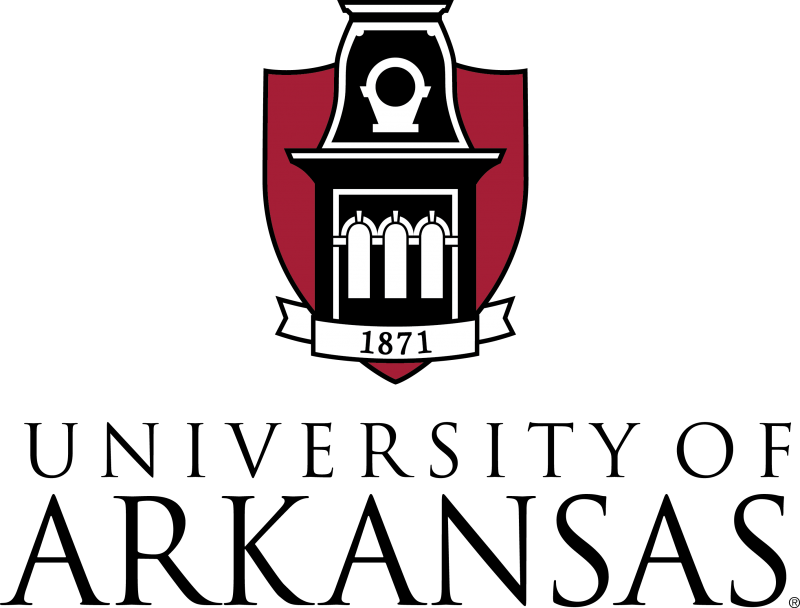
Breast cancer is the second most common cancer for women in the U.S., and many women find themselves facing recurrence of the disease over time. Magda El-Shenawee is working to reduce this threat through new imaging technologies that help surgeons make more precise decisions about cancerous tissue during lumpectomies.
“When the surgeon takes the tumor out, what remains?” El-Shenawee asked. “It’s hard to determine where the cancer ends, and healthy tissue begins. If the surgeon doesn’t remove enough, the cancer comes back. And if too much healthy tissue is removed, the patient risks having a mastectomy. Preventing it from metastasizing is the key, and the margins we examine help ensure the correct amount is being removed.”
Using a new imaging technique involving terahertz frequencies – a frequency range found between microwaves and infrared waves – El-Shenawee and her team can help surgeons more accurately determine the appropriate amount of cancerous tissue to remove by making it easier for them to clearly see tumor margins during lumpectomies.
El-Shenawee notes that the percentage of second surgeries is nearly 25%, adding stress to an already highly charged emotional experience. Imagine being a woman who has just undergone an initial surgery only to find out that the cancer has returned, and another operation must be scheduled, she said.
It’s a problem she’s not tackling alone; in fact, there are researchers across the country and the world who are trying to combat the disease. And El-Shenawee realizes that what she contributes to the research is an important part of the solution.
“It’s amazing the amount of work being done nationwide,” she said. “And yet, one out of eight women still gets breast cancer.”
Tissue, Tumors and Terahertz Technology
El-Shenawee’s new research centers on diversifying the way signals are sent and received through cancerous tumors – called wave polarization – and the different results they yield. She and her team produce many different images using the terahertz technology and layer them to get a better, fuller picture of the composition of a tumor.
Their biggest breakthroughs come from imaging freshly excised tumors and comparing those results to the findings from a pathologist, who helps interpret the images. All this simulates what could eventually be done in an operating room, given the appropriate equipment, training and time.
Currently, more than 50% of the freshly excised tumor tissue examined can be differentiated, but El-Shenawee wants that total to increase to at least 90%.

“It’s exciting to get meaningful results,” she said. “We’re not doing this research to satisfy ourselves. We want to publish it and help other researchers.”
From Intrigue to Inspiration to Implementation
El-Shenawee was introduced to terahertz technology at a workshop and was immediately intrigued, though she had no equipment available for her research. Various grants have allowed her to purchase equipment and set up her own lab, working with her U of A students and collaborating with fellow faculty members along the way. The students who work in El-Shenawee’s lab are right by her side, gaining first-hand knowledge about problem solving and critical-thinking skills.
“The good students are everything,” she said. “I have the ideas, but they implement them. It takes some time to train them, and they have to be self-motivated, but they have all found very good jobs in national labs, U.S. companies, or with other universities after they have moved on. They inspire me, and if they don’t, I inspire them.”
The terahertz technology used by El-Shenawee and her team is housed in a couple pieces of equipment: one that is designed to scan tumors and smaller cancer samples and another used for bigger applications. Grants provided the funding for her research instrumentation, and she continues to finesse its capabilities by determining what it is picking up on the scans and what it is not. It’s a continual process of trying, tweaking, and trying again.
“I tell students all the time that we don’t make jumps in research – we take small steps,” she said.
